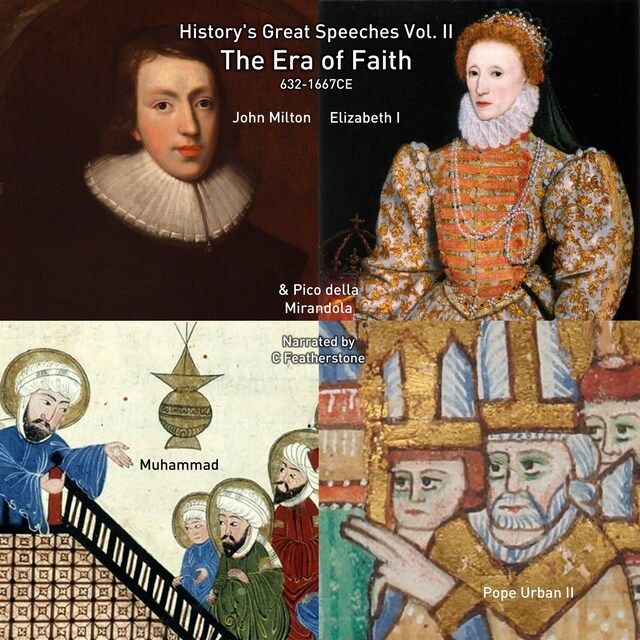
The Era of Faith
632-1667CE



